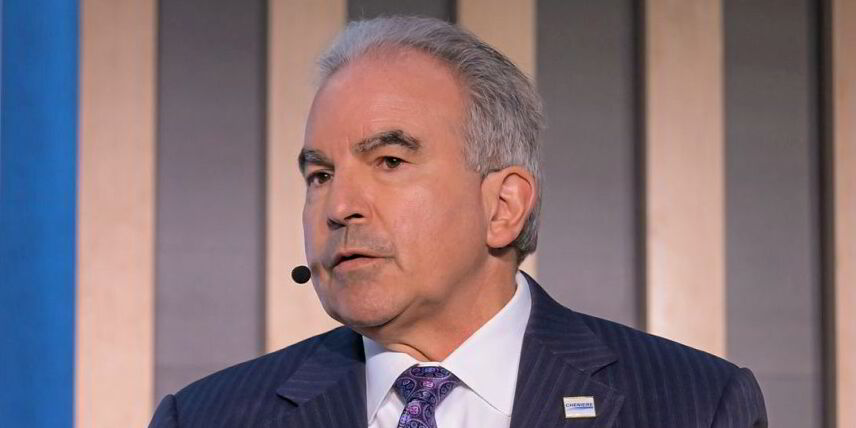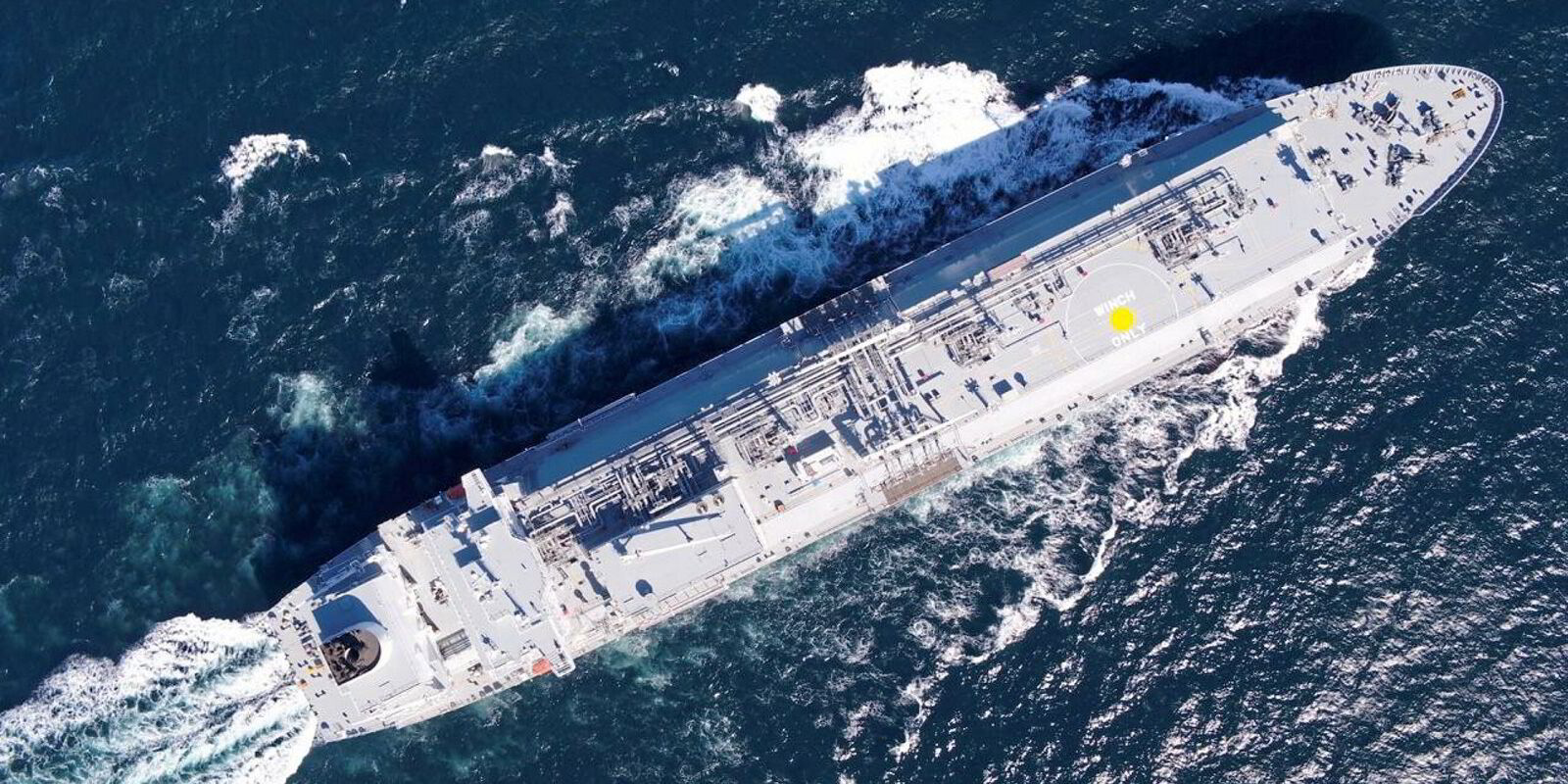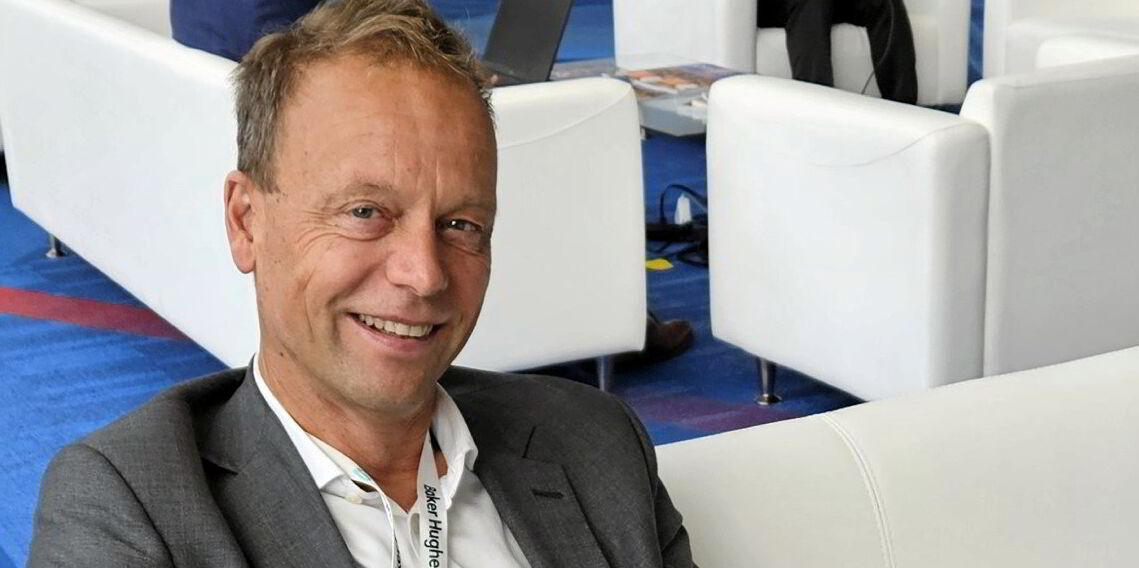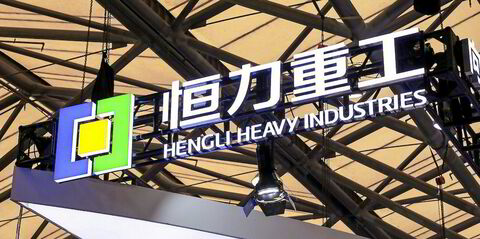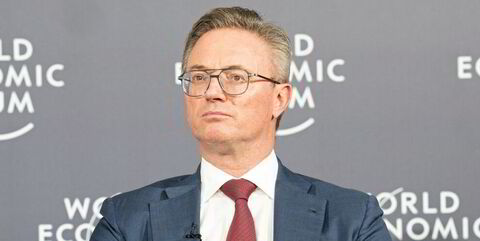US liquefaction giant Cheniere Energy is looking at how best to take advantage of opportunities to optimise its large LNG shipping fleet in the current depressed market.
On a results call, Cheniere was asked about how the company might take advantage of the sharp decline in shipping spot rates.
Cheniere executive vice president and chief commercial officer Anatol Feygin said the company is currently the second-largest charterer of LNG carriers and one of the most dynamic with chartering vessels in and out.
He said Cheniere has vessels lined up for its own volumes and for producer transactions which it partners with.
Feygin said one of the big drivers for Cheniere’s team has been chartering out its shipping length and taking advantage of optimisation opportunities as they arise.
He pointed out that Cheniere is on eve of commissioning the Stage 3 expansion of its Corpus Christi LNG export plant and these lower day rates will provide some opportunities as the company awaits production from Train 1.
Feygin said: “You never know what pitch is going to come your way, whether it will be a $300,000 day rate one winter or a $20,000 [day rate] on the prompt as we are seeing today.”
Cheniere president and chief executive Jack Fusco said the company’s Corpus Christi Stage 3 expansion is 68% complete and first LNG from Train 1 is expected by the end of this year.
He said all three trains are scheduled to be completed in 2025 giving Cheniere more available volumes next year than in 2024.
Executive vice president and chief financial officer Zach Davis said Cheniere expects to produce between 46 mpta and 47 mtpa of LNG, after commissioning volumes, in 2025.
Some 43 mtpa of this is accounted for with long-term contracts, leaving the company with some 2 mpta to 3 mtpa of unsold open capacity in 2025.
Cheniere announced today that it is putting in place a “voluntary, measurement-informed Scope 1 methane emissions intensity target” for its liquefaction facilities.
“Cheniere aims to consistently maintain a Scope 1 annual methane emissions intensity of 0.03% per tonne of LNG produced across its two US Gulf Coast liquefaction facilities by 2027,” the company said.
The company said its quantification, monitoring, reporting and verification projects — which use data from about 50 aerial measurements of operations at the company’s liquefaction facilities gathered over 16 months — informed the process of establishing the methane target.
“Using measured emissions data to inform methane targets represents an important element in Cheniere’s strategy and moves the industry forward in its climate performance,” Cheniere said.
But experts in the methane measurement field questioned why the company is not using independent third-party data to inform its emissions.
Cheniere’s net income for the first nine months of this year crashed back to $2.3bn, down 73% from $8.5bn in the same three quarters a year ago.
The company blamed the fall on unfavourable derivatives changes partially offset by lower interest rates.
Revenue for the period was dropped to $11.3bn, down 28% from $15.6bn in 2023.
The number of LNG cargoes exported by the company was slightly higher, rising 2% to 479 in the nine months, compared with 468 a year earlier.
Cheniere exported its 1,000th cargo from its Corpus Christi LNG plant during the third quarter.
Fusco described the results as “excellent”.
The CEO, who encouraged all his colleagues to vote in next week’s US presidential election, said Cheniere believes the LNG business to be bipartisan and said the company looks forward to working with the next president.
